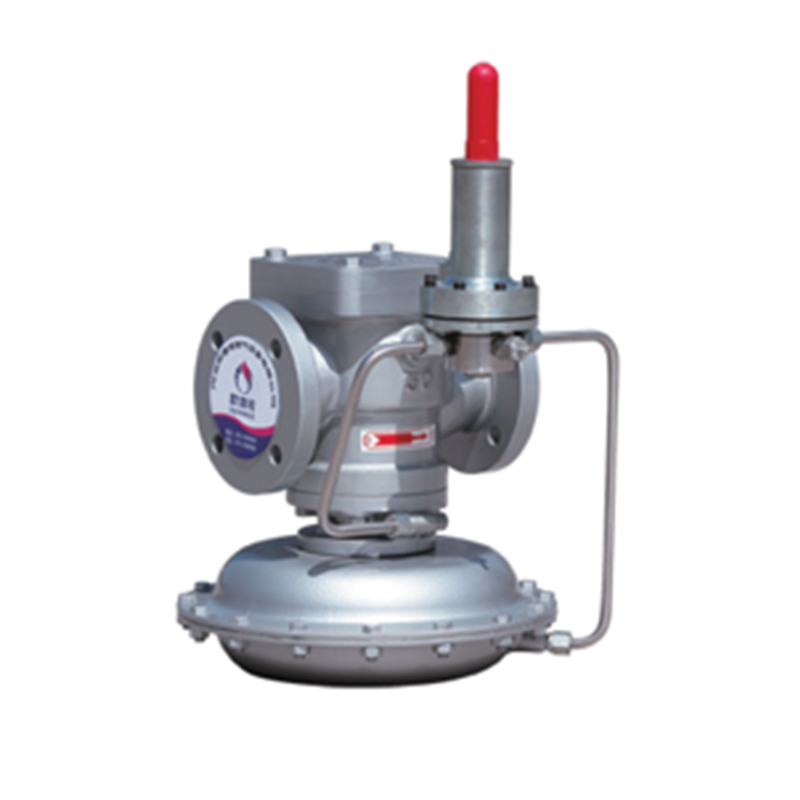
Nov . 21, 2024 09:44
Back to list
electric valve
Understanding Electric Valves Key Components and Applications
Electric valves are vital components in a wide range of industries, serving crucial roles in fluid control systems. Their primary function is to regulate the flow of liquids and gases in response to electrical signals. This article delves into the working principles, types, applications, and advantages of electric valves.
What is an Electric Valve?
An electric valve consists of a valve body and an actuator. The actuator is the electric component that operates the valve, allowing for precise control of the valve's position. When an electrical signal is received, the actuator moves the valve to open or close it, thereby regulating flow. Electric valves can be designed as ball valves, gate valves, globe valves, or butterfly valves, each tailored for different types of fluids and pressure conditions.
Types of Electric Valves
1. Electric Ball Valves These valves use a spherical disc to control fluid flow. When the ball is rotated, it either allows or blocks the flow. Electric ball valves are known for their quick operation and are often used in on/off applications.
2. Electric Gate Valves Ideal for controlling the flow of large volumes of fluid, gate valves have a gate that slides up and down. They are best suited for applications where a straight-line flow and minimal pressure drop are required.
3. Electric Globe Valves With a design that allows for precise throttling and flow control, globe valves have a spherical body and are often used in applications where flow regulation is necessary.
4. Electric Butterfly Valves These valves use a rotating disc to control flow. Due to their lightweight design and ability to handle large volumes, butterfly valves are commonly used in HVAC systems and water treatment plants.
Working Principles
Electric valves operate on a simple principle. When the control system sends an electrical signal, the actuator responds by moving the valve to an open or closed position. This movement can be linear, as in the case of gate and globe valves, or rotational, as with ball and butterfly valves. The actuation can be done using various methods, including solenoids, servo motors, or stepper motors, depending on the specific application requirements.
Applications of Electric Valves
Electric valves are versatile and found in numerous applications across various fields
electric valve

- Water Treatment Electric valves are integral in managing water flow and chemical dosing in treatment plants, ensuring that processes run smoothly and efficiently
. - HVAC Systems In heating ventilation and air conditioning systems, electric valves help regulate airflow and maintain desired temperature levels.- Oil and Gas The oil and gas industry relies heavily on electric valves for safe and efficient extraction, transportation, and processing of hydrocarbons.
- Food and Beverage Electric valves are also used in food processing to ensure hygienic handling of fluids, maintaining safety and compliance with health regulations.
- Pharmaceuticals In this highly regulated industry, electric valves facilitate precise dosing and control of chemical processes, critical for product consistency and safety.
Advantages of Electric Valves
Electric valves offer several benefits that make them a preferred choice in many settings
1. Precision Control Electric valves provide more accurate flow and pressure control compared to manual valves, improving operational efficiency.
2. Automation Integration They can easily be integrated into automated systems, allowing for remote control and monitoring.
3. Less Wear and Tear With fewer moving parts than manual valves, electric valves often experience less wear, leading to lower maintenance costs.
4. Safety Features Modern electric valves can be equipped with safety features such as emergency shut-off capabilities, reducing the risk of accidents in industrial settings.
Conclusion
In summary, electric valves are essential components in many industries, providing precise control over fluid dynamics. Their effectiveness, reliability, and ability to integrate with automated systems make them indispensable in modern engineering applications. As technology progresses, the efficiency and capabilities of electric valves are expected to enhance further, ensuring their continued relevance in fluid control systems worldwide.
Next:
Latest news
-
Safety Valve Spring-Loaded Design Overpressure ProtectionNewsJul.25,2025
-
Precision Voltage Regulator AC5 Accuracy Grade PerformanceNewsJul.25,2025
-
Natural Gas Pressure Regulating Skid Industrial Pipeline ApplicationsNewsJul.25,2025
-
Natural Gas Filter Stainless Steel Mesh Element DesignNewsJul.25,2025
-
Gas Pressure Regulator Valve Direct-Acting Spring-Loaded DesignNewsJul.25,2025
-
Decompression Equipment Multi-Stage Heat Exchange System DesignNewsJul.25,2025

